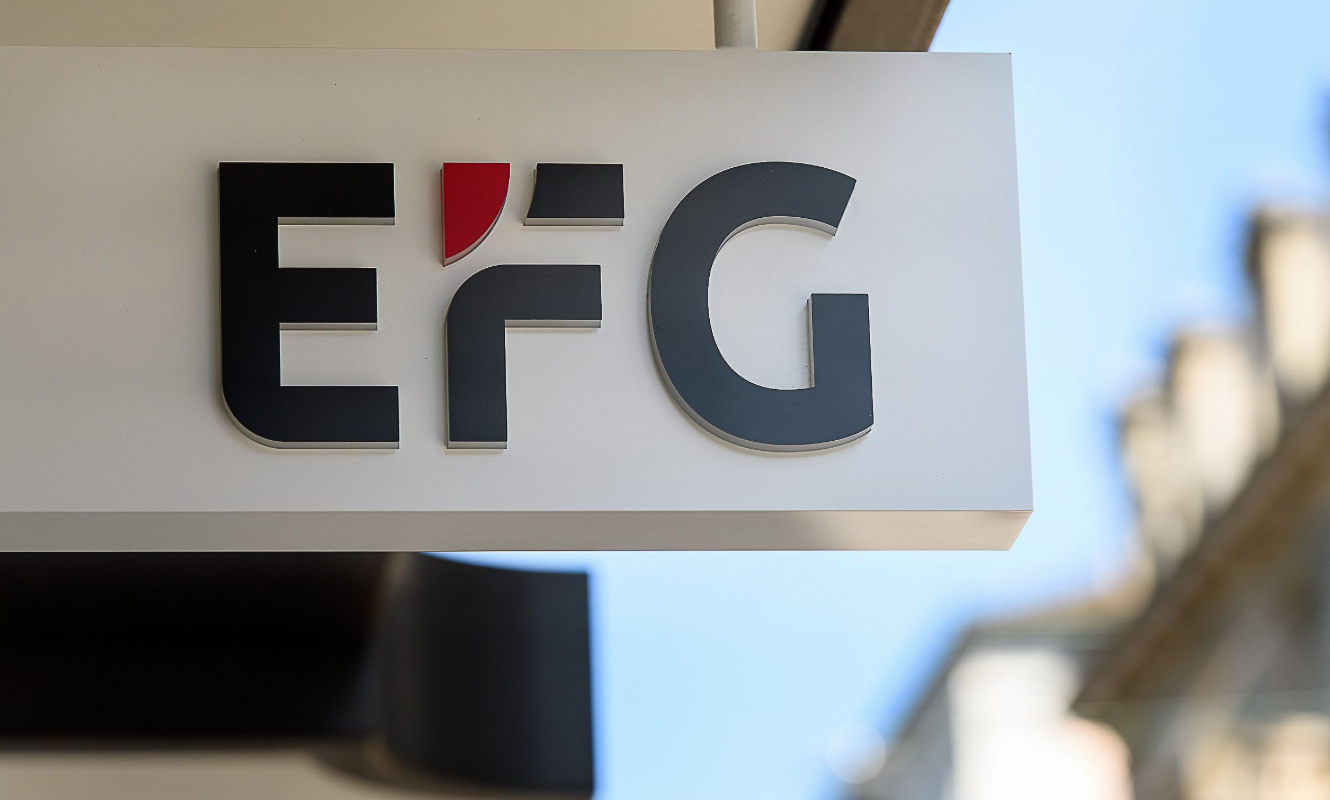While budgeting, planning, and forecasting procedures are essential for matching financial goals with precise operational plans, achieving organizational success necessitates more than merely completing these steps. Finance executives at sophisticated companies understand the importance of efficient collaboration and communication in assisting business partners in achieving their objectives. Finance teams can only turn their analysis into actionable insights to help them make important choices if they communicate effectively.
Sadly, many businesses continue to use Excel for budgeting, planning, and forecasting. While Excel is an excellent personal productivity tool, its lack of control, auditability, and scalability cause planning procedures to get diluted. Instead of utilizing planning processes to interact with relevant stakeholders, Finance teams are frequently compelled to spend time on low-value chores like transferring and reconciling data and double-checking reports for correctness with Excel.
Modernize Budgeting, Planning, and Forecasting by Dropping Excel
As a matrixed company with local entities across the world, some of the major issues EFG’s Finance team encountered A summary of EFG’s major points is provided here
- EFG’s capacity to use business drivers to suit the particular demands of business unit plans were hampered by its use of Excel.
- While running several budget cycles in Excel, maintaining continuous alignment between EFG’s legal entity structure and business unit-specific plans was tough.
- Excel’s fragmented nature and lack of control over decentralized, local programs hampered EFG’s capacity to “implement” corporate cost-cutting measures.
EFG’s key objectives with the switch to OneStream
- Enable the use of precise business drivers to generate the budget at the business-unit level, putting EFG’s strategic goal into action.
- Align group performance with operations: Ensure that budget negotiations and coordination processes between business units and local units are efficient.
- Maintain appropriate controls while promoting accountability: Enforce corporate cost-cutting policies while allowing cost centers to plan and run their operations with the granularity they demand.
EFG’s Finance team can now focus on partnering with local units and line-of-business executives to drive business performance now that OneStream is in place. Here are a few additional important advantages EFG gained by switching from Excel spreadsheets to OneStream for budgeting, planning, and forecasting:
- EFG’s business units and local units have instant insight into updates and changes they individually make to planning and budget data, thanks to the use of a single unified financial planning system for corporate and local requirements.
- Alignment of comprehensive business strategies with financial objectives: EFG can now plan and monitor performance at the cost center level, while also fulfilling individual corporate and legal entity reporting requirements.
- EFG now spends less time gathering data and more time collaborating and supporting decision-making throughout the organization, resulting in shorter planning cycles.



